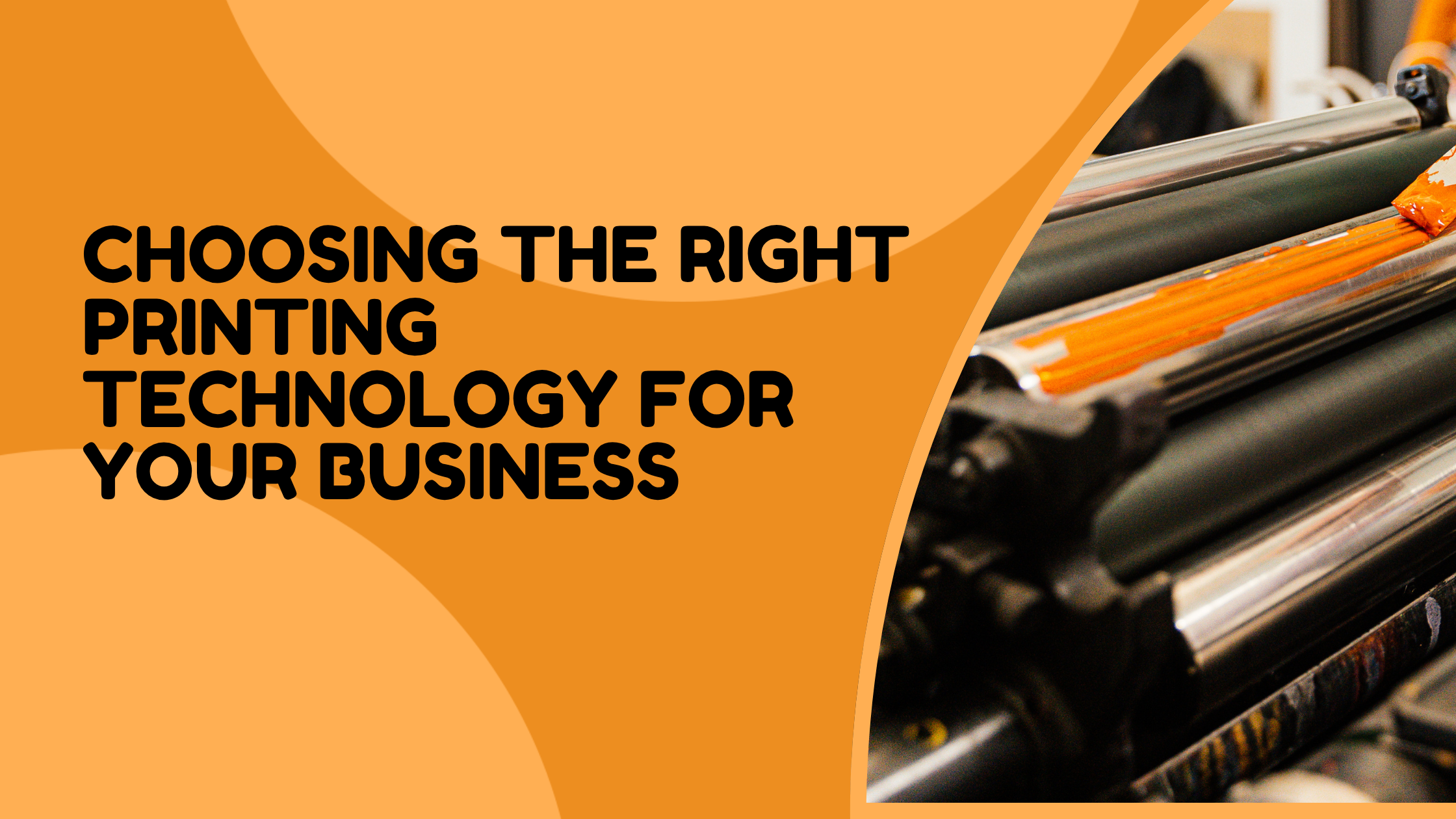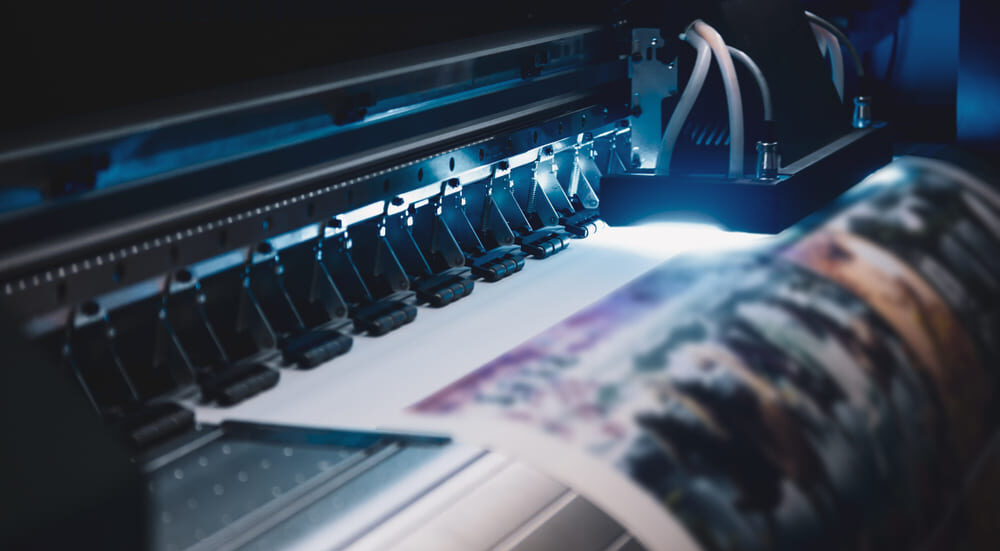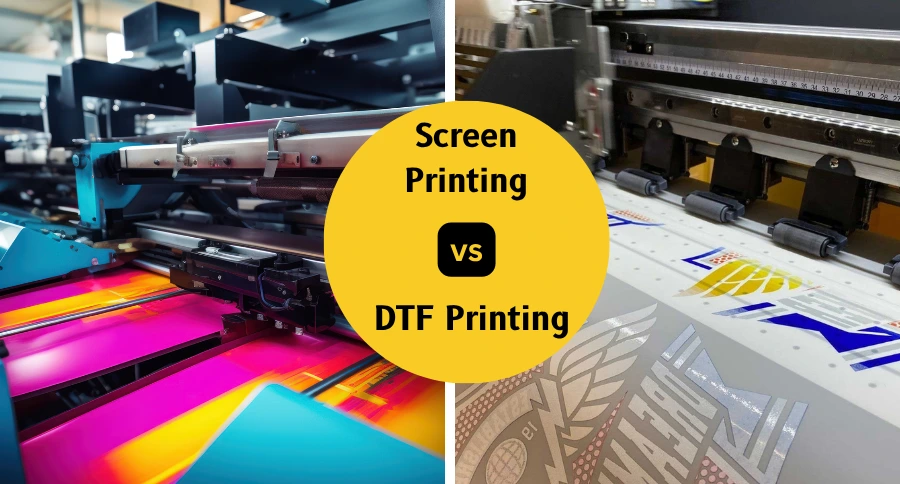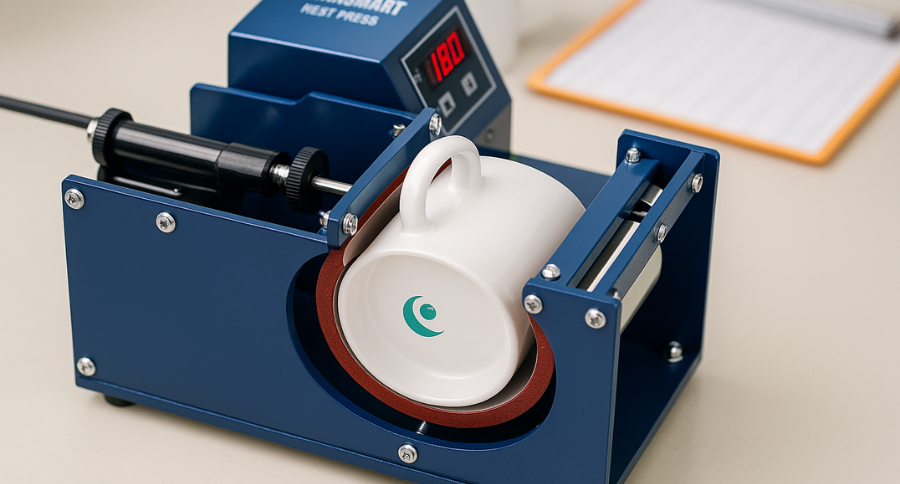Introduction
One of the most important decisions in running a print-on-demand (POD) or custom apparel business is choosing the right printing technology. The quality, versatility, cost, and scalability of your products depend on this choice.
With multiple options available—Screen Printing, DTF Printing, Mug Printing, Sublimation Printing, and Embroidery Printing—it can be overwhelming. Choosing the wrong technology can impact product quality, customer satisfaction, and profit margins.
In this blog, we’ll break down the major printing technologies, their pros and cons, ideal use cases, and tips to select the best option for your business in 2025.
1. Screen Printing
Screen printing is one of the oldest and most popular printing methods in the apparel industry.
How it Works:
Ink is pushed through a stencil (screen) onto the fabric, layer by layer.
Advantages:
- Vibrant colors and durable prints.
- Cost-effective for bulk orders.
- Works on cotton, polyester, and blended fabrics.
Disadvantages:
- Not ideal for small orders due to setup costs.
- Limited color gradients and complex designs.
Best For:
- T-shirts, hoodies, tote bags.
- Simple, bold designs in high volume.
Trend Tip 2025: Brands are combining screen printing with eco-friendly inks and organic fabrics to appeal to conscious consumers.
2. DTF (Direct-to-Film) Printing
DTF Printing is a modern, versatile method gaining popularity among POD brands.
How it Works:
The design is printed on a special film, then transferred to the fabric using heat.
Advantages:
- High-resolution prints with detailed graphics.
- Works on various fabrics including cotton, polyester, and blends.
- Efficient for small and medium-sized batches.
Disadvantages:
- Slightly higher cost per unit compared to screen printing.
- Requires careful handling during transfer for best results.
Best For:
- T-shirts, leggings, hoodies, and niche fashion items.
- Designs with complex patterns or gradients.
Trend Tip 2025: DTF printing is used for niche markets like gamer apparel, fan merchandise, and streetwear due to its versatility.
3. Sublimation Printing
Sublimation printing allows full-coverage, vibrant, and durable prints.
How it Works:
Special sublimation inks turn into gas when heated, bonding with polyester fabrics or coated surfaces.
Advantages:
- Unlimited color possibilities and all-over prints.
- Long-lasting without fading or cracking.
- Works on mugs, phone cases, and polyester apparel.
Disadvantages:
- Only works on polyester or polymer-coated surfaces.
- Not ideal for cotton fabrics.
Best For:
- Sportswear, t-shirts, mugs, home decor items, and accessories.
Trend Tip 2025: Sublimation is widely used for lifestyle merchandise bundles—matching mugs, t-shirts, and tote bags for gifting.
4. Mug Printing
Mug printing is a specialized segment within POD, expanding your brand beyond apparel.
How it Works:
Designs are transferred onto mugs using sublimation or heat transfer techniques.
Advantages:
- Low-cost, high-demand lifestyle product.
- Great for corporate gifts, seasonal campaigns, and personalized merchandise.
- Can be paired with apparel bundles to increase order value.
Disadvantages:
- Requires careful packaging to avoid breakage during shipping.
- Limited margins on single items.
Best For:
- Personalized gifts, promotional items, and fan merchandise.
Trend Tip 2025: Combining mugs with seasonal or limited-edition apparel designs increases cross-selling opportunities.
5. Embroidery Printing
Embroidery adds a premium feel to apparel and accessories.
How it Works:
Threads are stitched into the fabric using computerized embroidery machines.
Advantages:
- High-quality, professional look.
- Long-lasting and durable.
- Works well on caps, jackets, polos, and bags.
Disadvantages:
- More expensive than other printing methods.
- Not suitable for highly detailed or multicolor designs with fine gradients.
Best For:
- Premium collections, corporate apparel, streetwear brands.
Trend Tip 2025: Brands are combining embroidery with screen printing or sublimation for hybrid designs that stand out in competitive markets.
6. Factors to Consider When Choosing Printing Technology
Choosing the right technology depends on your products, audience, and business model.
- Product Type: T-shirts, hoodies, mugs, caps, or tote bags.
- Design Complexity: Simple logos vs. detailed illustrations.
- Order Volume: Screen printing is ideal for bulk; DTF or sublimation for smaller runs.
- Budget and Margins: Consider setup costs, production cost, and final pricing.
- Fabric Type: Cotton, polyester, blends, or coated surfaces.
- Brand Positioning: Premium embroidered items vs. casual printed apparel.
Matching technology to your goals ensures quality, efficiency, and profitability.
7. Combining Multiple Printing Methods
Many successful POD brands combine printing technologies to maximize versatility and appeal:
- Example: A brand uses screen printing for t-shirts, sublimation for mugs, and embroidery for hats.
- Benefit: Offers high-quality, diverse products that attract different customer segments.
This hybrid approach increases perceived value and helps your brand compete in multiple niches.
8. Staying Ahead of Technology Trends
In 2025, technology advancements are reshaping the POD industry:
- AI-Generated Designs: Tools suggest layouts, colors, and patterns based on trends.
- Eco-Friendly Inks and Fabrics: Customers prefer sustainable production.
- Hybrid Products: Combining embroidery, screen printing, and sublimation for unique designs.
- Faster Turnaround Times: Advanced printing machines speed up production and shipping.
Brands leveraging these innovations gain competitive advantages and increase customer loyalty.
Conclusion
Choosing the right printing technology is critical for any POD or custom apparel business. Each method has unique advantages, and understanding them helps you create high-quality, appealing products.
Actionable Takeaways:
- Match printing technology to product type, design complexity, and order volume.
- Use multiple technologies to diversify product offerings.
- Monitor industry trends and adopt new technologies early.
- Focus on quality to enhance brand reputation and customer loyalty.
By selecting the right printing technology, you ensure your products look professional, satisfy customers, and support long-term growth in the competitive print-on-demand market.






